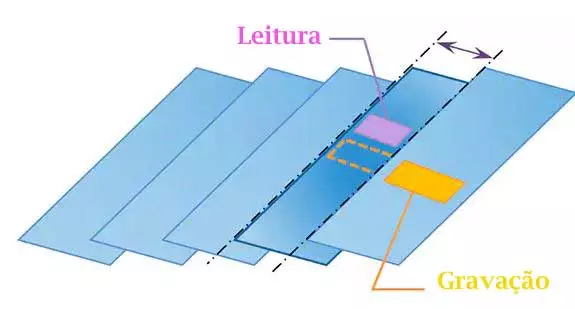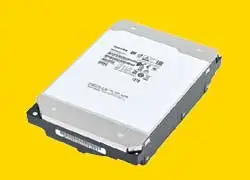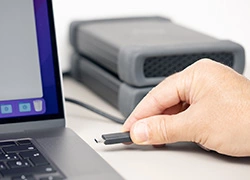SMR Disks - More data in less space
Hard drive manufacturers are always developing ways to fit more data into less space, aiming to offer products with greater storage capacity without losing focus on power consumption, performance, and product reliability.
A good example is hard disks filled with helium, which allow a greater number of discs (platters) in the same unit.
Another innovation in this sense is SMR technology (Shingled Magnetic Recording) that all manufacturers have present in their current products.
What is SMR?
SMR disks are a significant evolution in data storage technology, designed to maximize the storage density over conventional hard drives. The main difference between SMR disks and conventional disks is in the way data is written and organized.
On an SMR disk, the magnetic tracks are partially overlapping, similar to tiles on a roof. This is done to increase data density by allowing magnetic tracks to be recorded closer to each other.
When writing data to an SMR disk, adjacent tracks are slightly overlapped, resulting in a layout that resembles shingles on a roof. This method allows more magnetic tracks to be written in the same physical space, thus increasing the disk's storage capacity.
However, overlapping tracks make the recording process a little more complex. When data is written to one track, adjacent tracks need to be partially or completely rewritten due to overlap, which can lead to a phenomenon known as "write amplification". This process can impact write speed, especially when rewriting data or performing many sequential write operations.
Additionally, the overlapping nature of the tracks on an SMR disk can result in slower performance in random write operations, as rewriting adjacent tracks is required to update or modify existing data.
To address these challenges and optimize performance, SMR disk manufacturers have implemented intelligent data management algorithms and techniques such as write pooling, caching, and data redistribution algorithms. These strategies help minimize the impact of overlapping tracks and improve overall SMR disk performance.

SMR - magnetic recording on tiles
And when it fails, what are the challenges for data recovery?
While this is great news for increasing storage capacity and keeping prices low, SMR disk drives can bring big problems to the storage process data recovery in some cases.
Greater data density means that damage to the disk media (such as an accidental impact) will be amplified, i.e., it will affect a wider range of data.
And the HDD firmware algorithm to manage the entire process of writing data to the media becomes much more complex, requiring additional procedures to perform data recovery, such as dealing with failures in the Media Cache and Translator T2, for example.
This is all associated with the TRIM command also present in SMR HDDs, make the process much more critical when you want to recover information on a disk that has been physically damaged or accidentally formatted.







